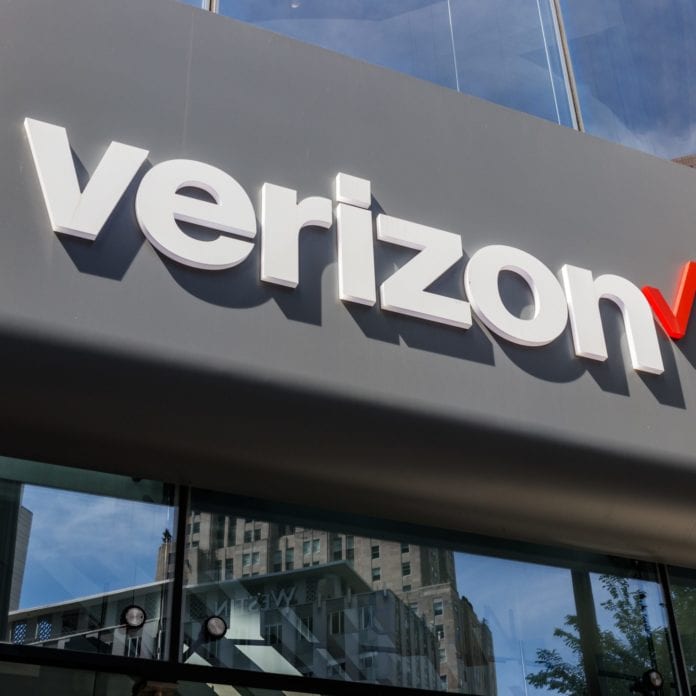Verizon’s Director of IoT: ‘The idea is to use 5G and MEC to solve new types of challenges’
Verizon and Unity are partnering up to develop new digital experiences across a wide range of applications including within an enterprise as well as within the entertainment and gaming spaces. They plan to do so using a magic mixture of 5G, mobile edge compute (MEC) and real-time 3D technology. Verizon’s 5G Edge MEC services that run on its 5G Ultra Wideband network will be combined with Unity’s platform for creating and operating real-time 3D content to enable a variety of high-performance 3D applications without the need for expensive hardware.
“We are entering an era of technology-led disruption where 5G and MEC will not only transform the full enterprise lifecycle,” said Tami Erwin, CEO of Verizon Business. “It will change the way consumers experience gaming and entertainment.”
Erwin further explained that these latest technologies have the potential to benefit a variety of users, from an enterprise or business looking make use of “predictive real time insights, computer vision, machine learning and artificial intelligence” to “a mobile gamer who simply wants to download the hottest new game in seconds.”
“We know the world is demanding high-speed, AAA content, whether it’s an educational augmented reality application or a robot running a simulation of a digital twin,” said Ryan Peterson, VP of solutions at Unity. “5G is the key piece for us to facilitate these real-time 3D experiences broadly and to better meet the demands of the real-time economy.”
Verizon has had a fierce focus on MEC lately, with the carrier continuing to roll out its AWS 5G MEC platform in cities across the U.S. In a recent interview with RCR Wireless News, Verizon’s Director of IoT Thierry Sender said that the carrier’s strategy is to begin with the locations and consumer bases most likely to use the types of applications that will benefit the most from MEC, and then to expand from there.
“The idea is to use edge with 5G to solve new types of challenges,” said Sender. “The things we considered on the consumer side included gaming and media streaming type applications. On the enterprise side, we looked at the basic community and what kind of a developer groups you have there, and the industries that would benefit the best — retail, manufacturing, healthcare.”

